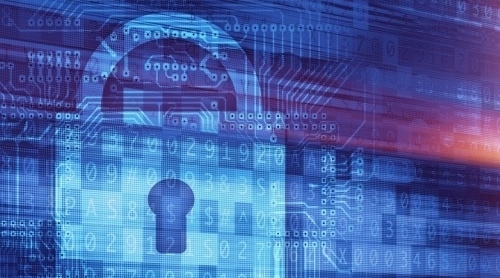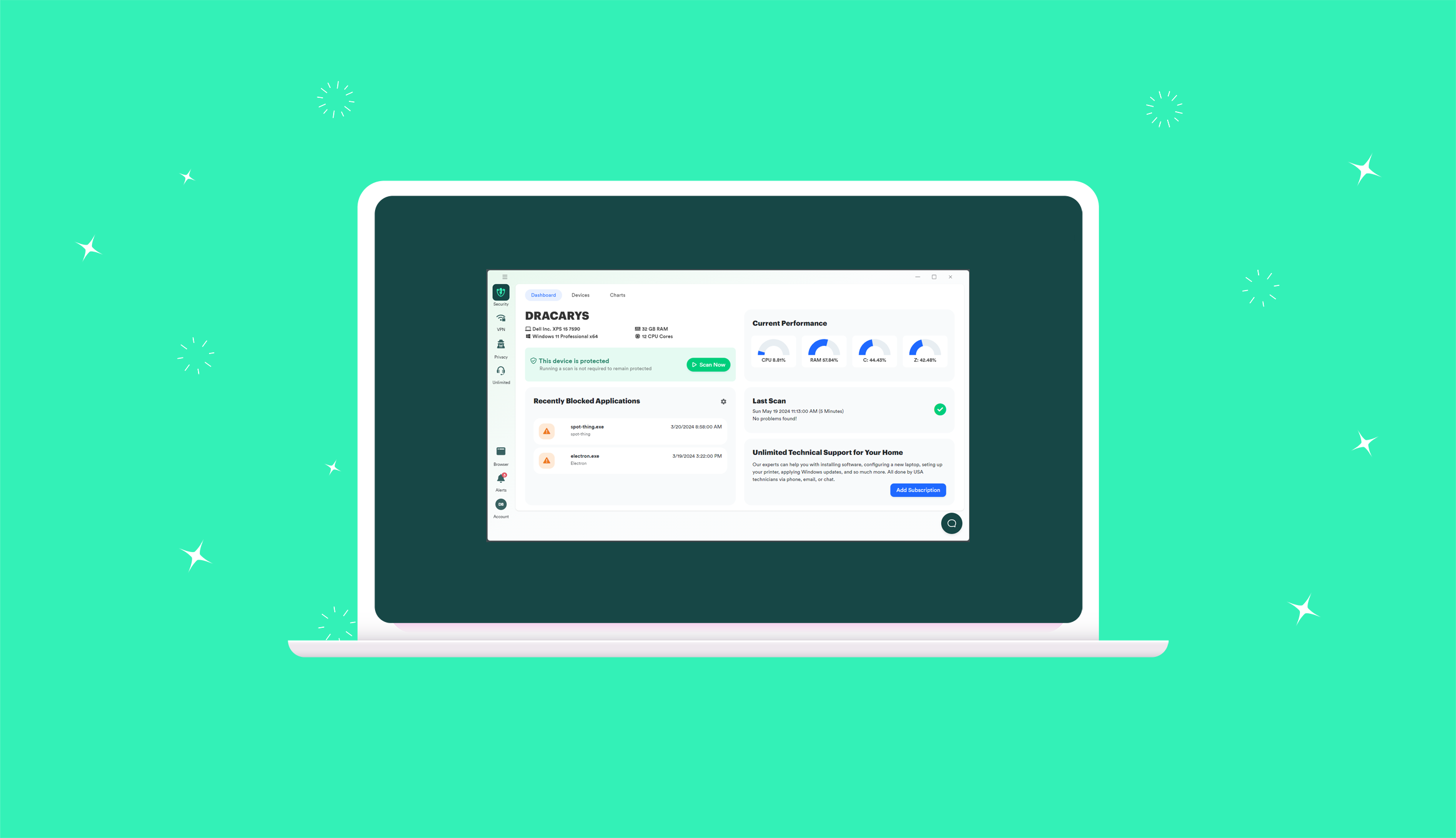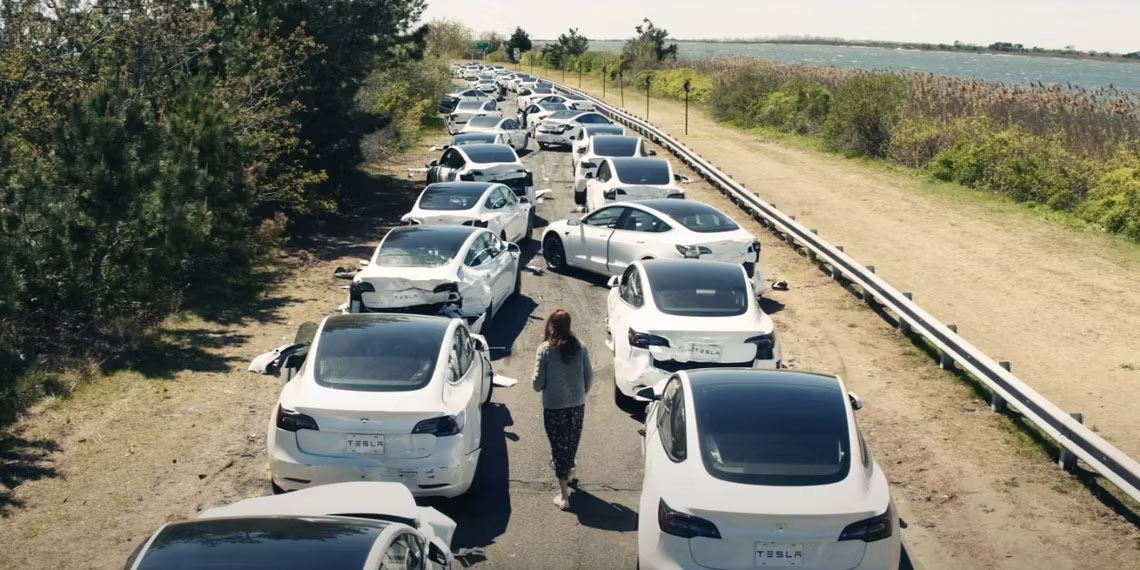Securing your data during a time when we are incredibly dependent upon computing has never been more crucial…
Think about your computer, both at work and for home use. What do you have on it? Spreadsheets, agendas, reports, family pictures, travel arrangements, tax information? Probably all of that and then some, right? So what do you do if it’s lost or stolen by a hacker? You could start that monthly report over, or call it a complete loss and never see your last year’s spreadsheets, reports, tax data and family pictures again. Or, you could follow these three steps, laid out by eSecurity Planet and Health Data Management, to properly ensure maximum protection of these important files:
- Remove administrative rights – When a hacker is trying to lock your data as a form of ransomware, they seek out the data that’s held within the admin rights. If those rights are removed, they do not know what may be of upmost importance. You’re leaving bread crumbs directly to your most important data. Is it necessary?
- Whitelisting – Traditional security software uses an outdated blacklist approach. By transitioning to a security software, such as PC Matic Home or Tech Sentry for business use, that uses a proprietary whitelisting technology, you will be better protected. Here’s how: A whitelist is a list of all the known GOOD programs and only allows them to function, while a blacklist is a list of all the known BAD programs. Keeping a list of all the bad files is impossible, as new strands of malware are created daily, even every 15 seconds. No matter how many times malware changes, it will never be identified as a good file.
- Endpoint sandboxing – What does this mean? Simply put, it’s isolation of unknown traffic. By isolating any unknown traffic, such as visiting an unknown website or opening an unknown email attachment, if it is malicious, it cannot impact your data because it’s in the sandbox.




